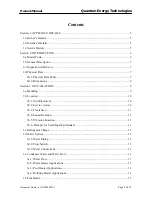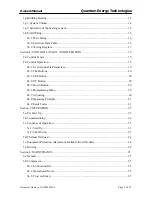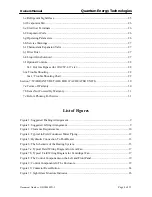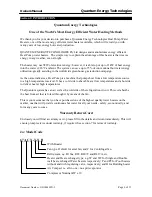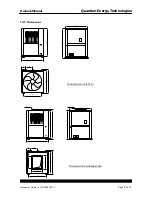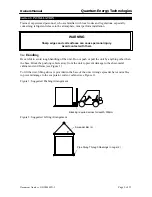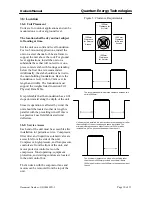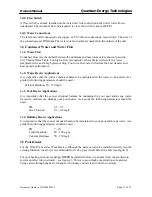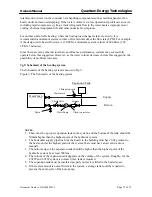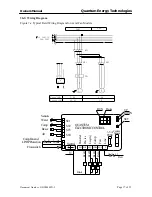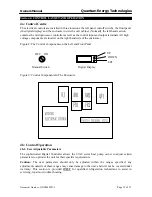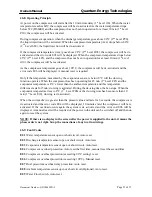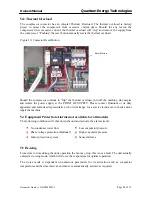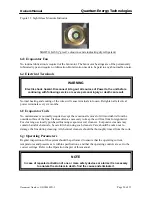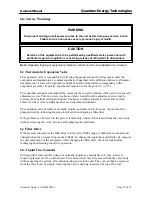
Owners Manual
Quantum Energy Technologies
3c: Refrigerant Charge
All units are shipped with an operating refrigerant charge. The operating charge for each unit is
shown in section
2d.1 Physical Data Table
.
3d: Water System
3d.1: Water Piping
Local authorities can advise the installer on the current building and safety codes required for
proper installation.
Install piping with a minimum of bends and changes in elevation to minimize pressure drop.
Consider the following when installing water plumbing to the unit:
1.
Vibration eliminators to reduce vibration and noise transmission to the building.
2.
Shut off valves to isolate the unit from the plumbing system during unit servicing.
3.
Manual or automatic air vents at the high points of the system.
4.
Install drains at the lowest points in the system.
5.
Maintaining adequate system water pressure to the water pump.
6.
Temperature and pressure indicators located close to the unit to aid in unit servicing.
7.
A strainer or other means of removing foreign matter from the water before it enters the pump.
Place the strainer far enough upstream to prevent cavitations at the pump inlet.
8.
A 40-mesh strainer
is required
just before the inlet of the condenser. This is important to
prevent foreign material from entering and decreasing the performance of the condenser.
9.
Flush the plumbing system thoroughly before the unit is connected. Perform regular water
analysis and water treatment, as necessary, on the cold water line to the condenser.
10.
Perform a preliminary leak check before insulating the plumbing pipe work and filling the
system.
Figure 4: Typical in Field Condenser Water Piping
Air vent
Condenser
Inlet
Outlet
Isolation
valve
Strainer
Service and Drain
Service
NOTES
:
1. The by-pass valve and the dashed line is recommended for pool heating in case heater being isolated for servicing.
2. Support piping independently of the unit and install per local codes.
Document Number : QDC0049PD-5
Page 12 of 33


